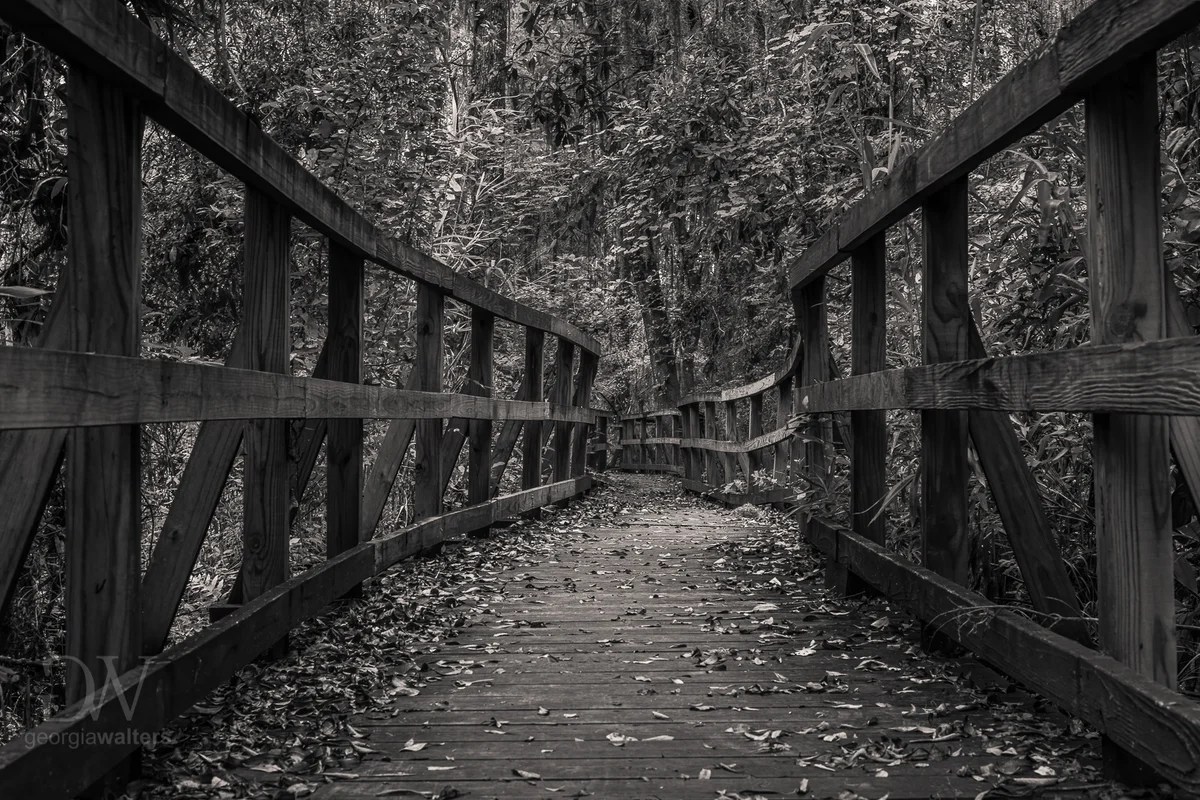A Few of the Paths Followed and Stories Written, So Far
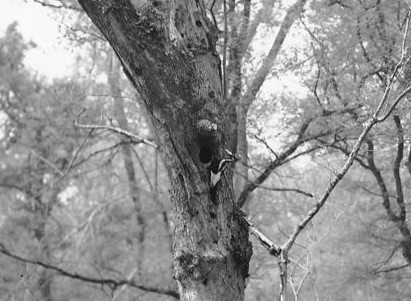
Near the Tensas River in Madison Parish, La., a male Ivory-billed Woodpecker perches at its nest in 1935 (photo credit in essay).
A Place for Ivorybills in the Present and Future South
While humankind has damaged the Ivory-billed Woodpecker and its habitats severely through past actions and failures to act, I believe we have a chance still to ensure a future for this woodpecker species in the American South; I argue for several actions and ways of thinking in this piece for the Fall ’22 issue of South Writ Large.
It has been more than a year now since federal wildlife officials said it was time to label the Ivory-Billed Woodpecker extinct, but they have not turned the page on this species just yet.


Shaping the Future Course of North Carolina’s Irreplaceable Rivers
While we often forget it, we are tied inextricably to our rivers. Matthew Starr, riverkeeper for the Upper Neuse in North Carolina, knows this very well; he is one of the most dedicated advocates for rivers and other ecosystems across his native state.
Heart Pine Strengthens a Georgia Home and Warms its Kitchen
My parents salvaged heart pine lumber from old buildings around Georgia to use in the home they built in the 1960s. The heart pine (most likely longleaf) helped give the home structural strength, while its grain and hues also gave warmth to the kitchen where we spent much of our time together.
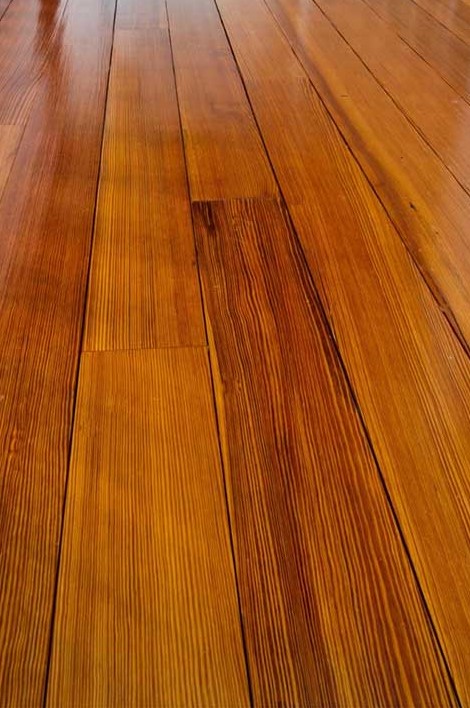
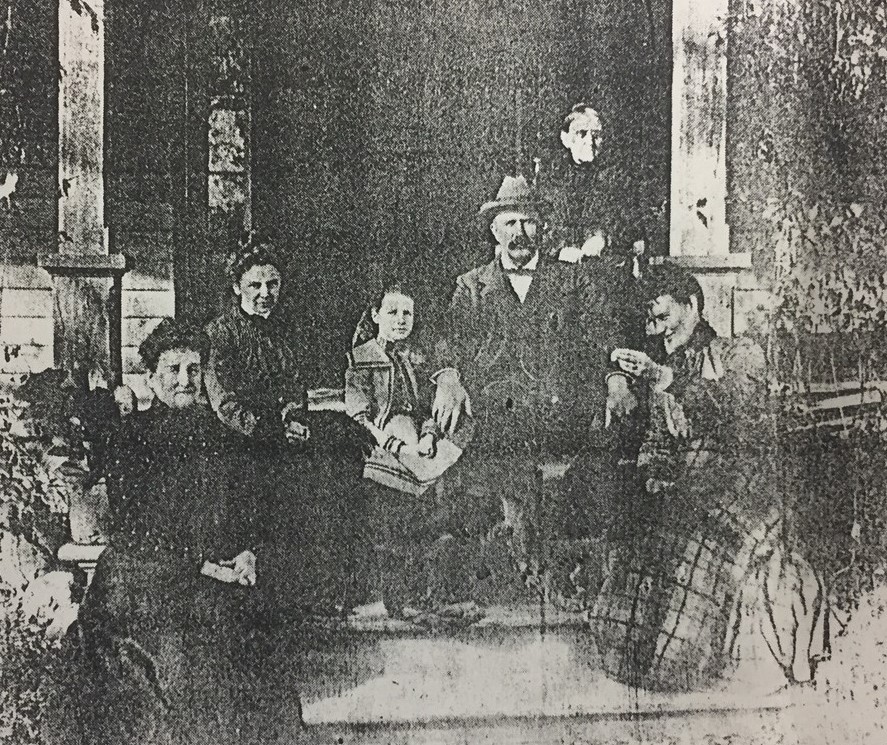
The Many Histories of a North Carolina Farm and Rural Community
The Triangle Land Conservancy (TLC) established the Bailey and Sarah Williamson Preserve on a former family farm, and partnered with the Community Histories Workshop (CHW) at UNC Chapel Hill to research the history of the land and community; I worked as project coordinator for CHW, conducted extensive research, and collaborated with TLC to write the historical signs now posted at the preserve.
These are a handful of the stories I wrote as a reporter for the Durham Herald-Sun newspaper from 2000-2007, exploring and telling readers about lives, places, and events around Orange and Durham counties.
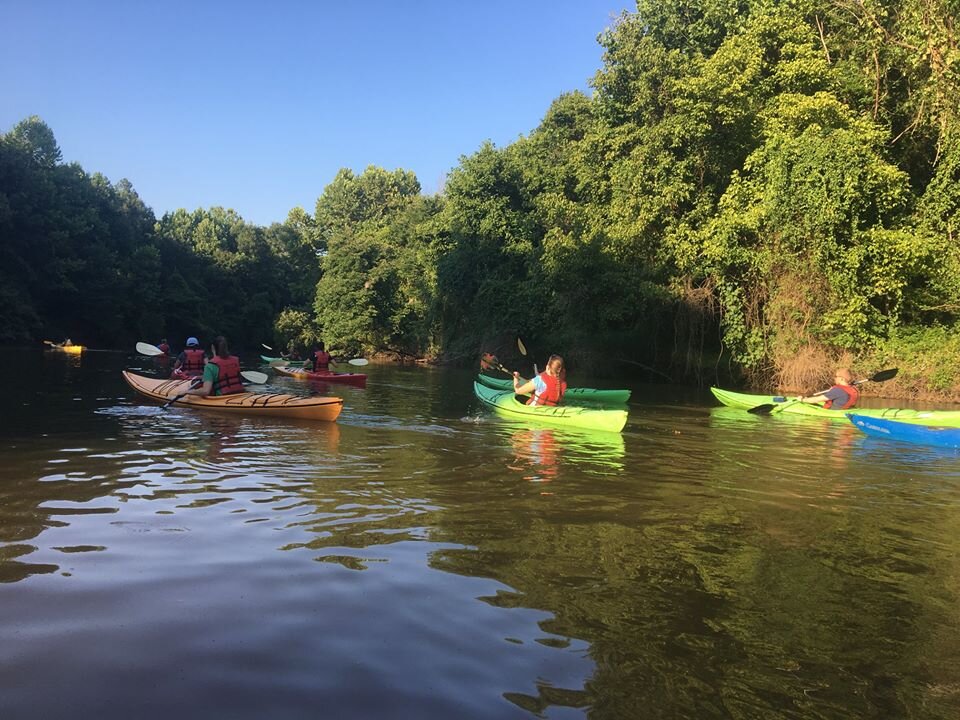

Book Chapter: On Floods, Turbines, City Folks and Country Folks in the Savannah River Valley
When the federal government decided to build Clarks Hill Dam on the Savannah River in the 1950s to control floods downstream in Augusta, Ga., and generate electricity, hundreds of landowners were required to sell all or portions of their land to the U.S. Army Corps of Engineers. In my chapter in The Land Speaks: New Voices at the Intersection of Oral and Environmental History, Mr. Joe M. Holloway Jr., born in Lincoln County, GA, in 1920, tells about about his connections to the land and river growing up, and his family’s experience when the Corps of Engineers acquired about half of their productive farm for Clarks Hill.
